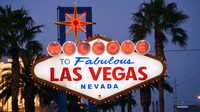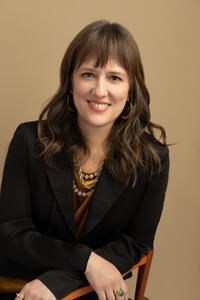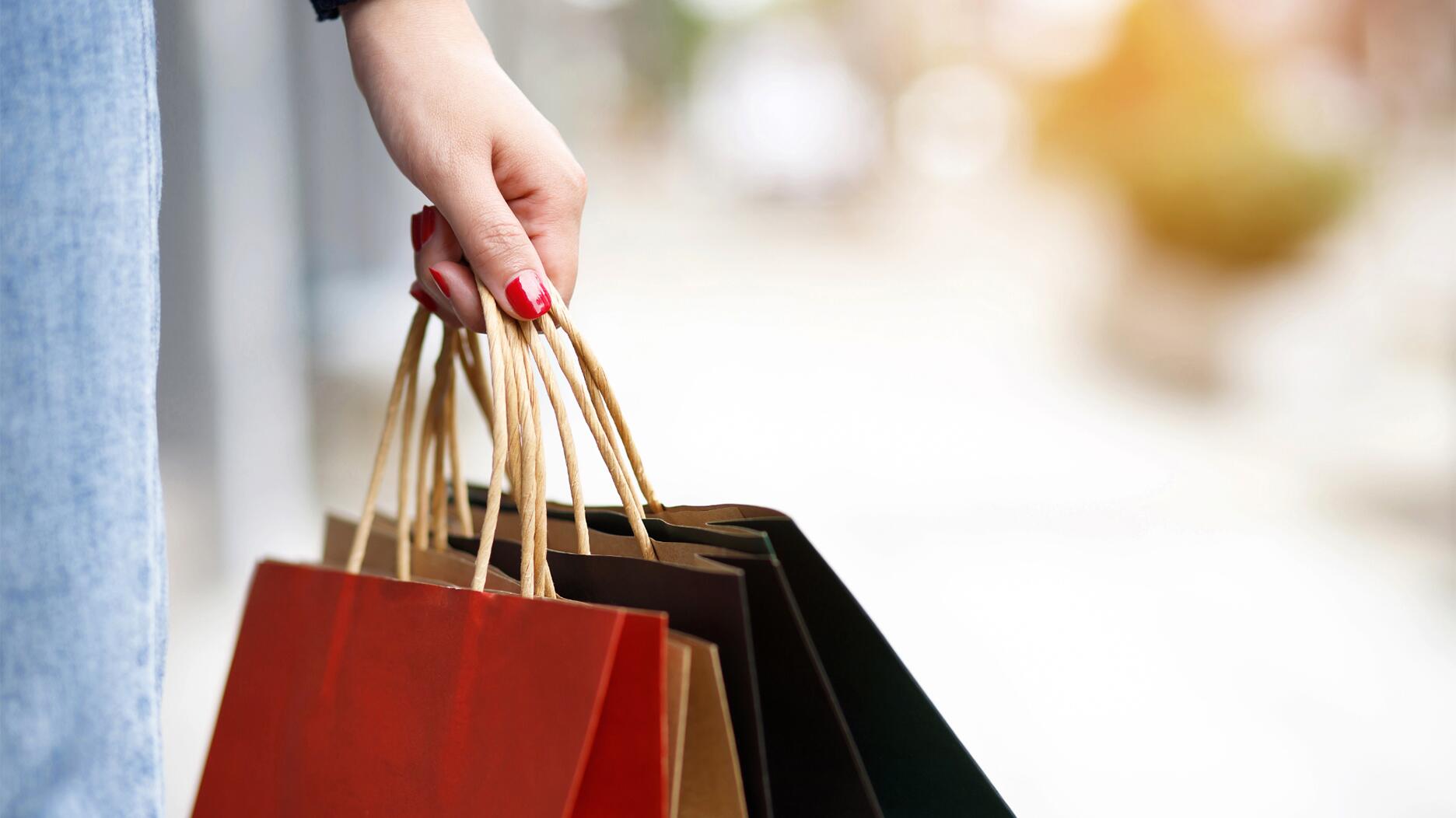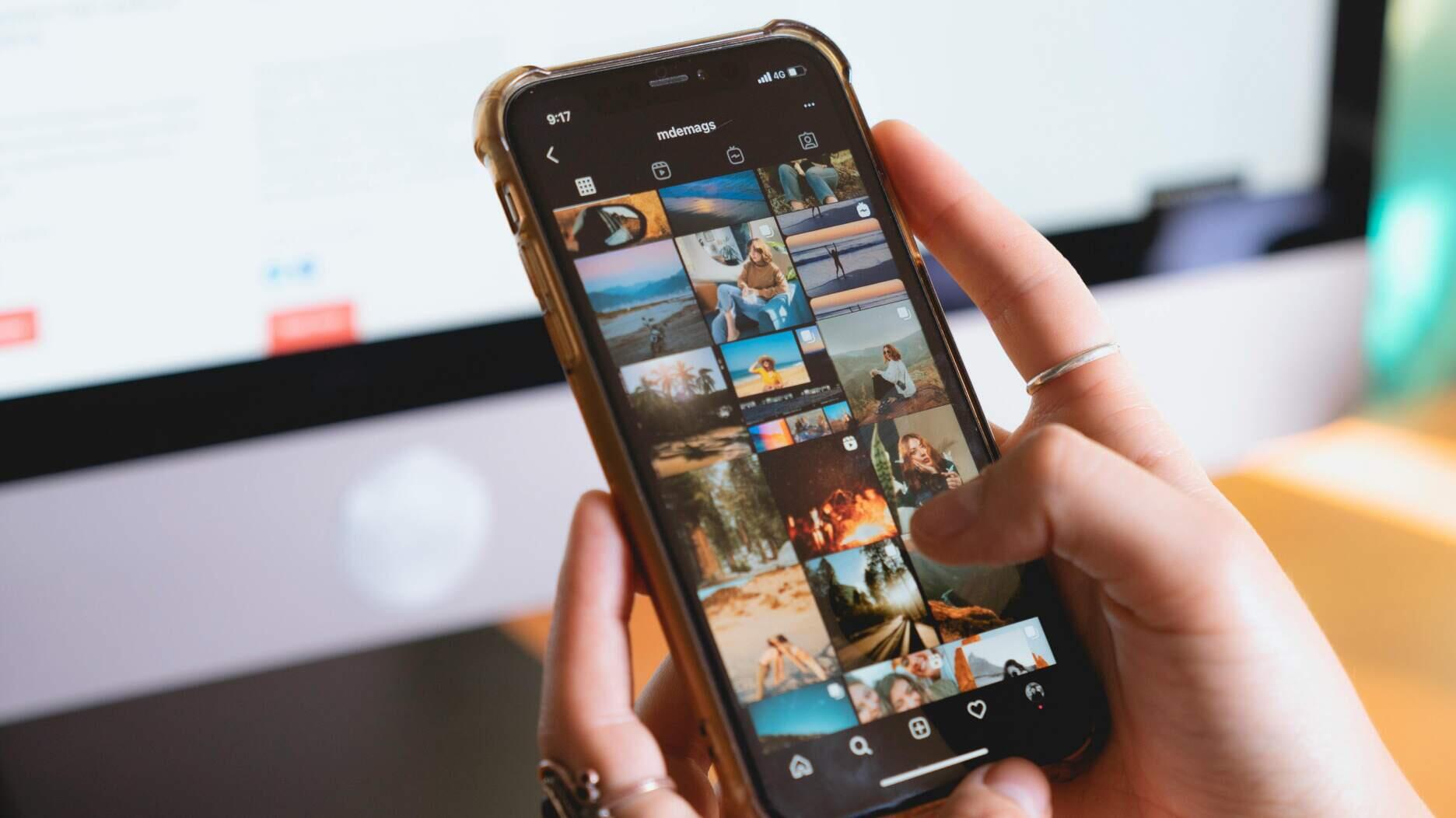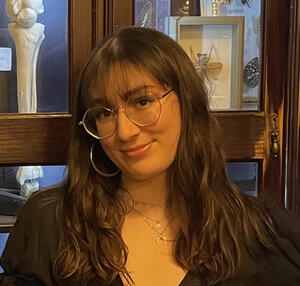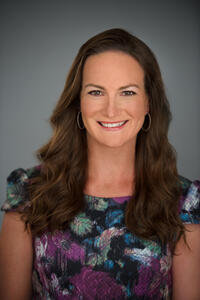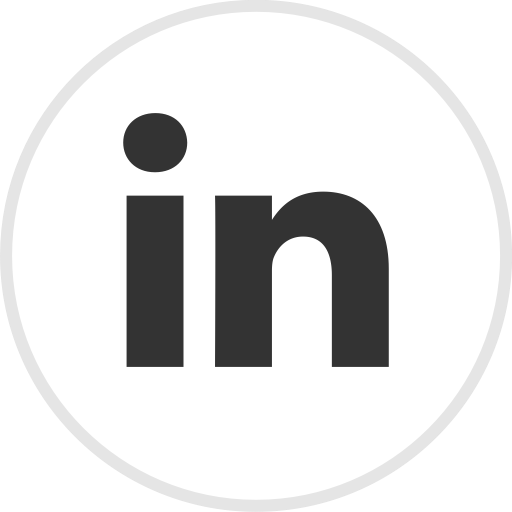Consumers Feeling a Little More Confident in July
The Conference Board’s Consumer Confidence Index rose to 100.3 from a downwardly revised 97.8 in June.
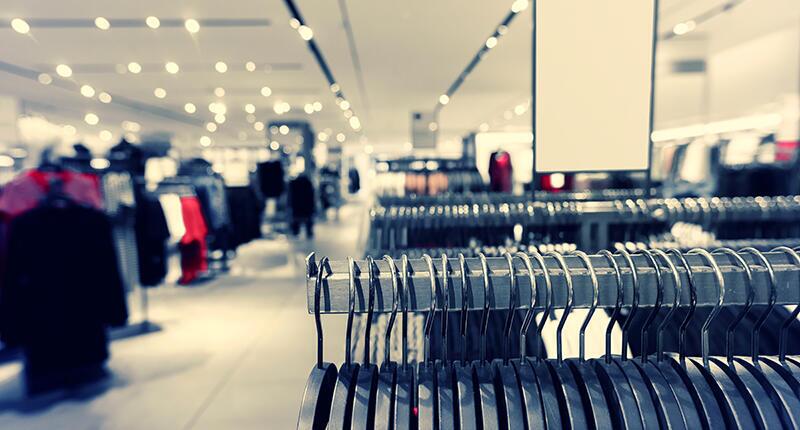
According to the board’s latest Consumer Confidence Index, U.S. consumers were feeling more positive last month, though they’re generally more optimistic about the short-term future than the present.
The index rose to 100.3 in July from a downwardly revised 97.8 in June.
The Present Situation Index, which measures consumers’ views on the current state of business and the job market, fell from 135.3 in June to 133.6 in July, but the Expectations Index, which asks consumers how they think conditions will be six months from now, rose to 78.2 from 72.8 in June.
However, it remains below 80, which usually signals a recession ahead.
“Confidence increased in July, but not enough to break free of the narrow range that has prevailed over the past two years,” The Conference Board Chief Economist Dana M. Peterson said.
“Even though consumers remain relatively positive about the labor market, they still appear to be concerned about elevated prices and interest rates, and uncertainty about the future; things that may not improve until next year.”
Age group-wise, Peterson said consumers under 35 and those who are 55 and older (the oldest members of Gen X and the baby boomers) felt more confident in July, while confidence declined among consumers ages 35-54, a mix of millennials and Gen Xers.
On a month-over-month basis, no clear pattern emerged in terms of income groups, she said, but on average over the last six months, consumers making more than $100,000 were the most confident.
She added that the proportion of consumers predicting a recession increased in July but still remains well below its 2023 peak.
The Conference Board, a New York-based nonprofit think tank, publishes its Consumer Confidence Index every month. It is based on an online survey that technology company Toluna conducts on behalf of the board. The survey includes write-in responses.
In July, those responses showed that higher prices, especially for food and groceries, and inflation continue to color consumers’ outlook on the economy.
Other factors include the U.S. political situation and the labor market.
The Conference Board said mentions about the forthcoming presidential election increased in July, though the share of respondents who wrote that the 2024 election will impact the economy is lower than it was in July 2016.
The Conference Board asked a supplemental question about future spending on services in July.
Consumers said over the next six months, they plan to spend less on discretionary services, like travel, amusement parks and gambling, and to save money by opting for the less expensive choice, e.g., streaming a film at home instead of going to the movies.
They will continue to prioritize non-discretionary expenditures, like health care and service and repairs on their cars and trucks, The Conference Board said.
The Latest

Said to be the first to write a jewelry sales manual for the industry, Zell is remembered for his zest for life.

The company outfitted the Polaris Dawn spaceflight crew with watches that will later be auctioned off to benefit St. Jude’s.

A buyer paid more than $100,000 for the gemstone known as “Little Willie,” setting a new auction record for a Scottish freshwater pearl.

Supplier Spotlight Sponsored by GIA.
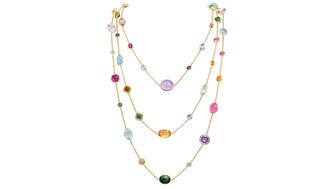
Anita Gumuchian created the 18-karat yellow gold necklace using 189 carats of colored gemstones she spent the last 40 years collecting.

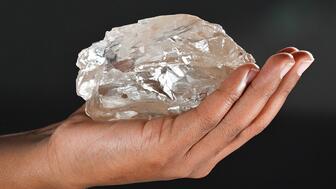
The giant gem came from Karowe, the same mine that yielded the 1,109-carat Lesedi La Rona and the 1,758-carat Sewelô diamond.
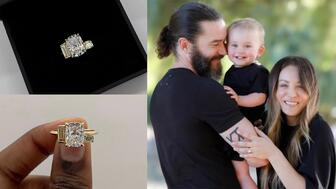
The three-stone ring was designed by Shahla Karimi Jewelry and represents Cuoco, her fiancé Tom Pelphrey, and their child.

Supplier Spotlight Sponsored by GIA
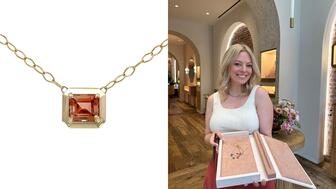
The Manhattan jewelry store has partnered with Xarissa B. of Jewel Boxing on a necklace capsule collection.
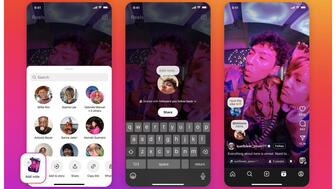
Acting as temporary virtual Post-it notes, Notes are designed to help strengthen mutual connections, not reach new audiences.
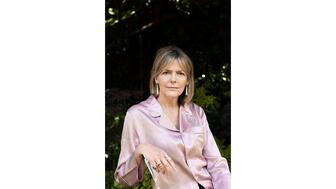
The jewelry historian discusses the history and cultural significance of jewelry throughout time and across the globe.
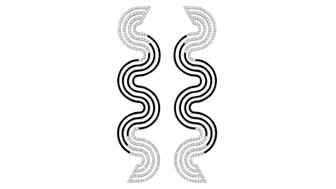
From fringe and tassels to pieces that give the illusion they are in motion, jewelry with movement is trending.
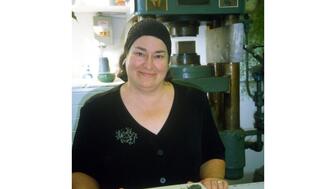
The designer and maker found community around her Philadelphia studio and creative inspiration on the sidewalks below it.
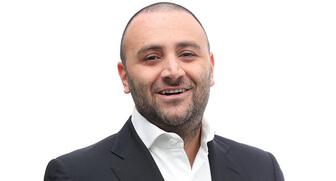
The change to accepted payment methods for Google Ads might seem like an irritation but actually is an opportunity, Emmanuel Raheb writes.

The industry consultant’s new book focuses on what she learned as an athlete recovering from a broken back.
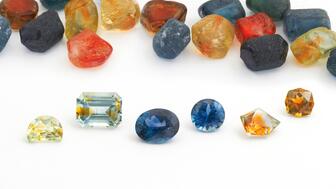
The fair will take place on the West Coast for the first time, hosted by Altana Fine Jewelry in Oakland, California.
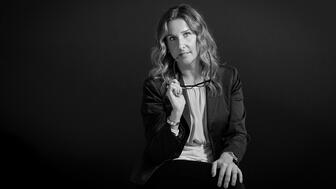
Hillelson is a second-generation diamantaire and CEO of Owl Financial Group.
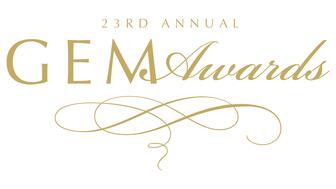
Submissions in the categories of Jewelry Design, Media Excellence, and Retail Excellence will be accepted through this Friday, Aug. 23.
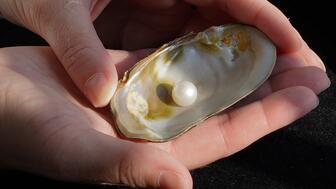
Known as “Little Willie,” it’s the largest freshwater pearl found in recent history in Scotland and is notable for its shape and color.
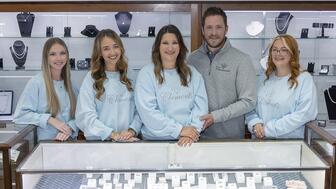
Clements Jewelers in Madisonville cited competition from larger retailers and online sellers as the driving factor.
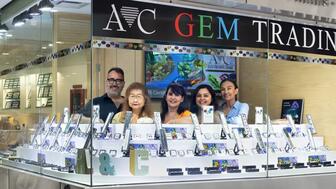
The gemstone company is moving to the Ross Metal Exchange in New York City’s Diamond District.

Most of the 18th century royal jewelry taken from the Green Vault Museum in Dresden, Germany, in 2019 went back on display this week.

The Pittsburgh jeweler has opened a store in the nearby Nemacolin resort.
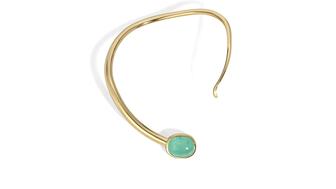
With a 40-carat cabochon emerald, this necklace is as powerful and elegant as a cat.

The Erlanger, Kentucky-based company was recognized for its reliability when it comes to repairs and fast turnaround times.

Unable to pay its debts, the ruby and sapphire miner is looking to restructure and become a “competitive and attractive” company.
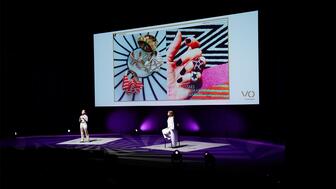
The trend forecaster’s latest guide has intel on upcoming trends in the jewelry market.
